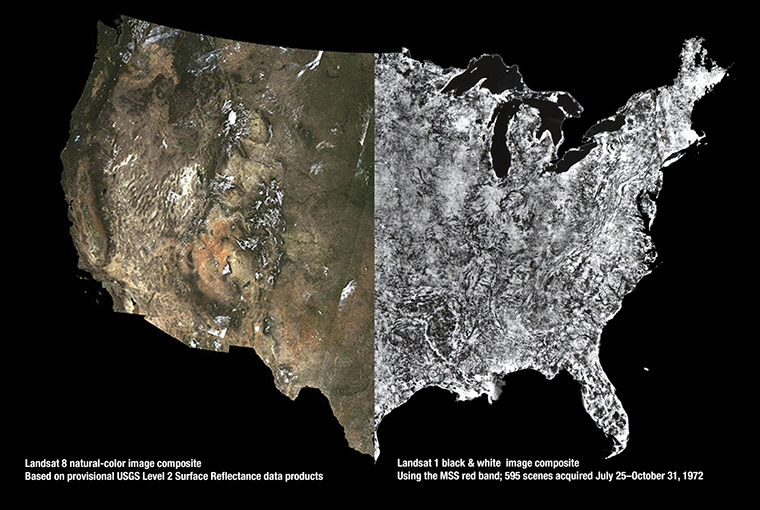A Remote Sensing Tutorial from World Bank Group
In a effort to help sustainable development professionals learn more about Earth observation resources that can help with their work, the World Bank Group released an informational website focused on remote sensing.


